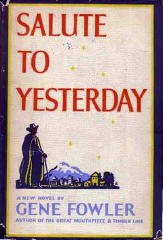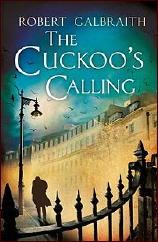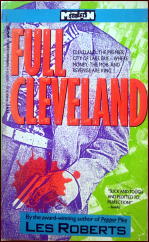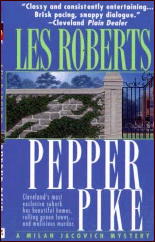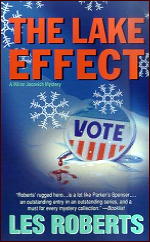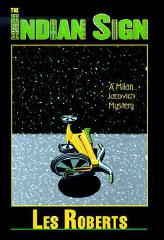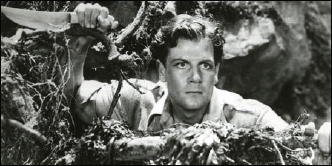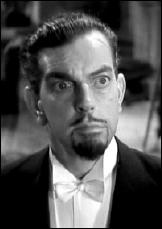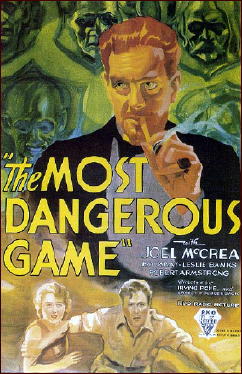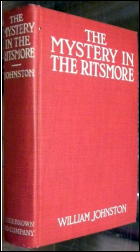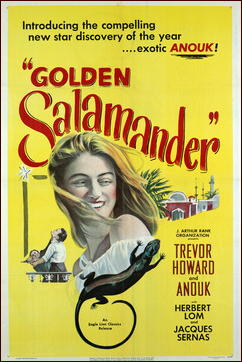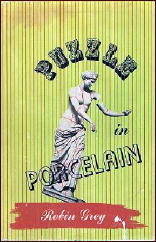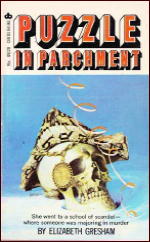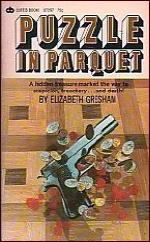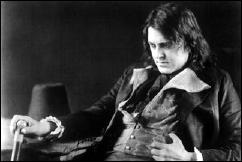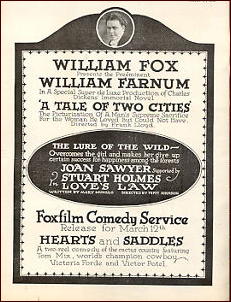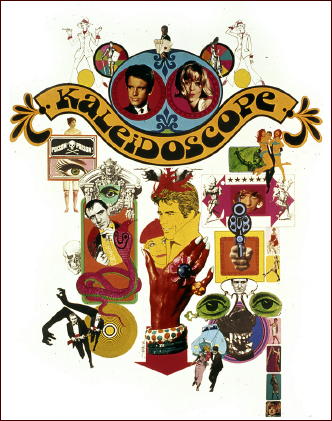Reviewed by DAVID VINEYARD:
THE GOLDEN SALAMANDER. General Film Distributors, UK, 1950; Eagle-Lion Classics, US, 1951. Trevor Howard, Anouk (Aimée), Herbert Lom, Wilfrid Hyde-White, Walter Rilla, Miles Mallenson, Jacques Sernas, Peter Copely Screenplay: Ronald Neame, Leslie Storm & Victor Canning, based on the latter’s novel. Cinematography: Oswald Morris. Director: Ronald Neame.
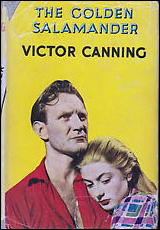
“We are given eyes, but not without the wisdom to keep them shut.†: Aribe (Peter Copely) to archaeologist David Redfern (Trevor Howard).
David Redfern is a British archaeologist sent to Tunis to recover Etruscan art treasures washed ashore years earlier in a storm, and now in the cellar of Serafis (Walter Rilla), a wealthy man who lives in the villa Ben Negro in the small village of Kabarta on the coast. For Redfern it promises to be a nice trip, an interesting job of cataloging and repacking the treasures, and a few weeks of sun and fishing in between.
His arrival is none to promising though, in a driving rain storm and on a narrow rocky road, he runs into a rock-fall blocking the road. Nothing for it but to foot it to Kabarta in the driving rain and the cafe/inn where he has a reservation. But on the other side of the rock-fall he spies a wrecked lorry — and carrying a cargo of Browning automatic pistols. Gun runners.
When he hears another lorry coming Redfern decides not to get involved and watches from a grove of cork trees near the road. Two men get out of the lorry, Herbert Lom, and Jacques Sernas. Redfern decides to stay out of it though. A little gun running is none of his business. He hikes to the cafe where he meets piano player Agno (Wilfrid Hyde-White) and the beautiful French expatriate owner, Anne Tabu (Anouk) to whom he is immediately attracted. It promises to be a good trip after all.
The next day he meets Serafis (Walter Rilla), a charming type happy to be rid of the treasures he has been guarding, and Douvet (Miles Mallinson) the local police chief. He has almost forgotten the lorry and the guns until the two men come in the cafe — one Rankl (Lom) and the other Max (Sernas), Anne’s brother.
There were many fine writers of adventure and suspense in the late forties and well into the eighties, names like Hammond Innes, later Gavin Lyall, Alan Williams, Alistair Maclean, but there was always something more to Canning, a weight, almost a gravity, to his grounded professional heroes, reluctant perhaps, but capable and when needed ruthless.
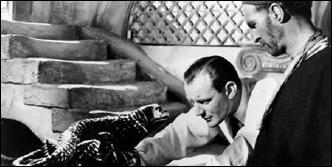
Though Canning’s novels became darker, especially about the security services, his capable and professional heroes only grew deeper. Even the hapless vicar in The Great Adventure turns out to be adept at crime and skullduggery. Eric Ambler and Graham Greene’s trapped and often foolish heroes weren’t for him. A Canning hero is always a professional man, engineer, archaeologist, reporter, ships captain, private detective, spy …
And perhaps because Canning began as a novelist rather than a thriller writer his books had something more, an indefinable quality that you could distinguish in only a few pages. His books were vivid and cinematic, but never at the expense of character or style.
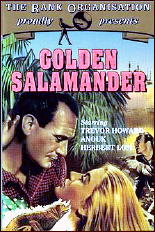
David Redfern is a typical Canning hero, and facing a typical Canning dilemma: are we responsible to confront evil, or only spectators who should, as Aribe the Arab worker suggests, keep our eyes shut. Among the Etruscan artifacts is a golden salamander and on it engraved: “Not by ignoring evil does one overcome it, but by going to meet it.†The two sides of the coin, alpha omega, become part of the evil by denying it exists, or confront it and risk the consequences.
Falling for Anne and admiring her brother’s art and devotion to his sister is the difference for Redfern, the weight on the scale, he offers Max a way out — passage to France, and work as an artist, and Max accepts.
Small actions have big repercussions. A few days later David and Anna spend a day fishing and swim at the beach — where they find Max’s weighted body, murdered by Rankl.
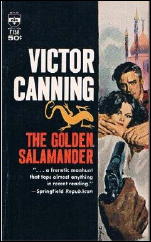
Guilty and angry David decides to go to the authorities, but Douvet is a pawn of the conspiracy, the phone lines are down to Tunis, and even the mail is controlled By Douvet’s mistress. Finally he goes to Sernas for help, only to find Sernas is the leader of the criminals and plans for David to have an ‘accident’ at the towns big yearly boar hunt the next day. With only Anne on his side he’s hopeless. Even Agno is part of it.
But Agno has weakness other than absinthe — he loves Anna and Max.
Location shooting, Neame’s sure hand directing suspense films (David Lean was once his editor), the cinematography by Oswald Morris, camera work by cinematographer and director Freddie Francis, and a fine cast combine for a truly enjoyable adventure, slow to build, but with a fine chase at the end. This is the traditional adventure film, not an endless concussive assault of constant action, but actual characters with inner lives and difficult choices to make.
Lom is at his slimy best, and manages to even slip a hint of an unhealthy obsession about Max into his meaningful glances, Rilla, always a smooth villain in the Claude Rains mode brings a fine sinister streak to Serafis bluffing a playing up to the last moment, and Hyde-White, different than you usually see him as Agno, the absinthe addicted piano player who observes even participates in conspiracy, but will only go so far, gives a fine little performance looking quite different than you likely picture him.
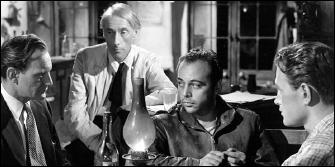
Anouk is a revelation here. Wearing little makeup and playing as a sensual innocent she has something of the freshness and promise of a young Ingrid Bergman. You can see why Redfern falls in love with her innocent rather melancholy Anne, and why a man would confront dragons for her — or even salamanders. She is well matched with Howard whose presence as a leading man was as assured as his later character roles.
Howard did several films in this vein in this period, Malaga (with Dorothy Dandridge), They Made Me a Criminal, the Archers The Adventuress, and the legendary The Clouded Yellow. Neame’s experience in this genre dates back to the fine thriller Take My Life based on Winston Graham’s novel in the thirties and he was adept in other genres as well. It was a natural collaboration.
This solid entertaining thriller isn’t all that well known, but deserves better. You can watch it online at several movie sites (most requiring a paid subscription), and the print is a good clean one. Catch it and see how effortless they used to make it look. This is a fine example of the British thriller at its near best, and a fine adaptation of one of Victor Canning’s best.

